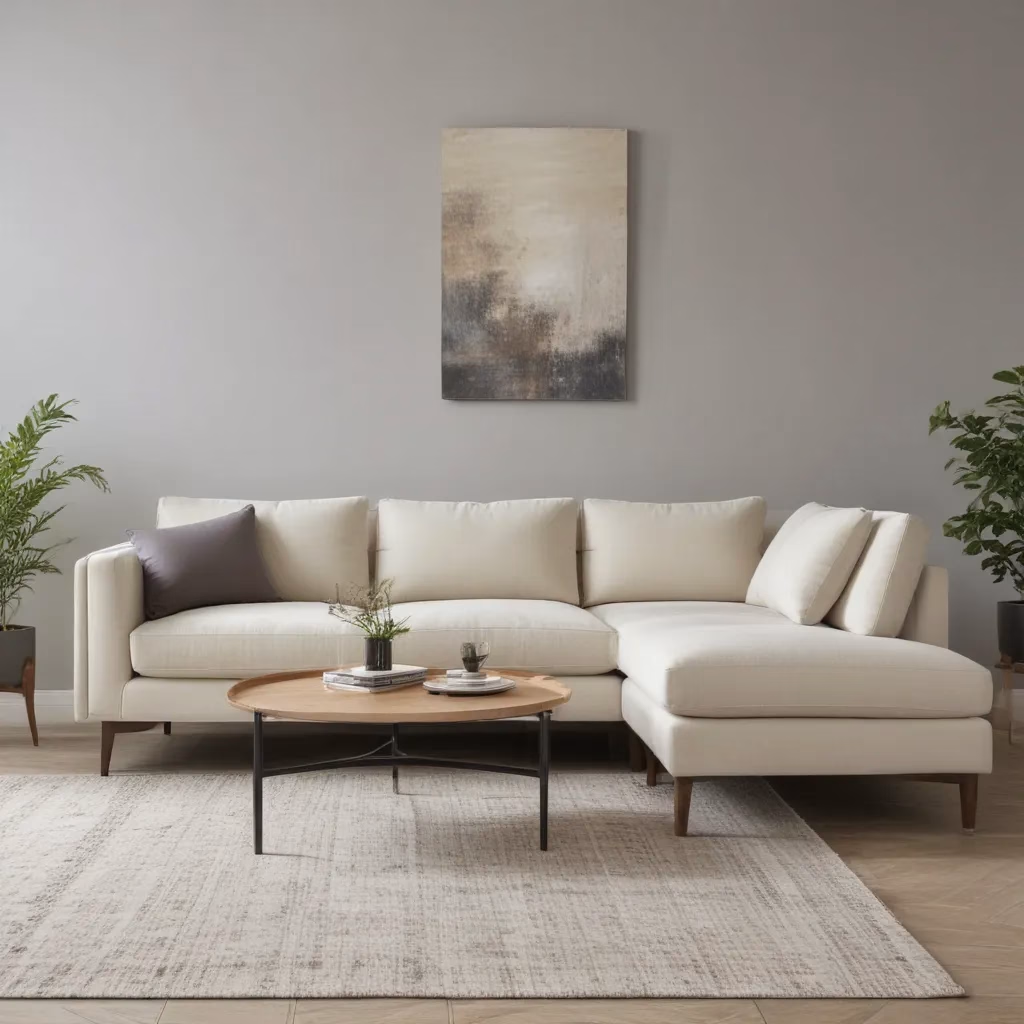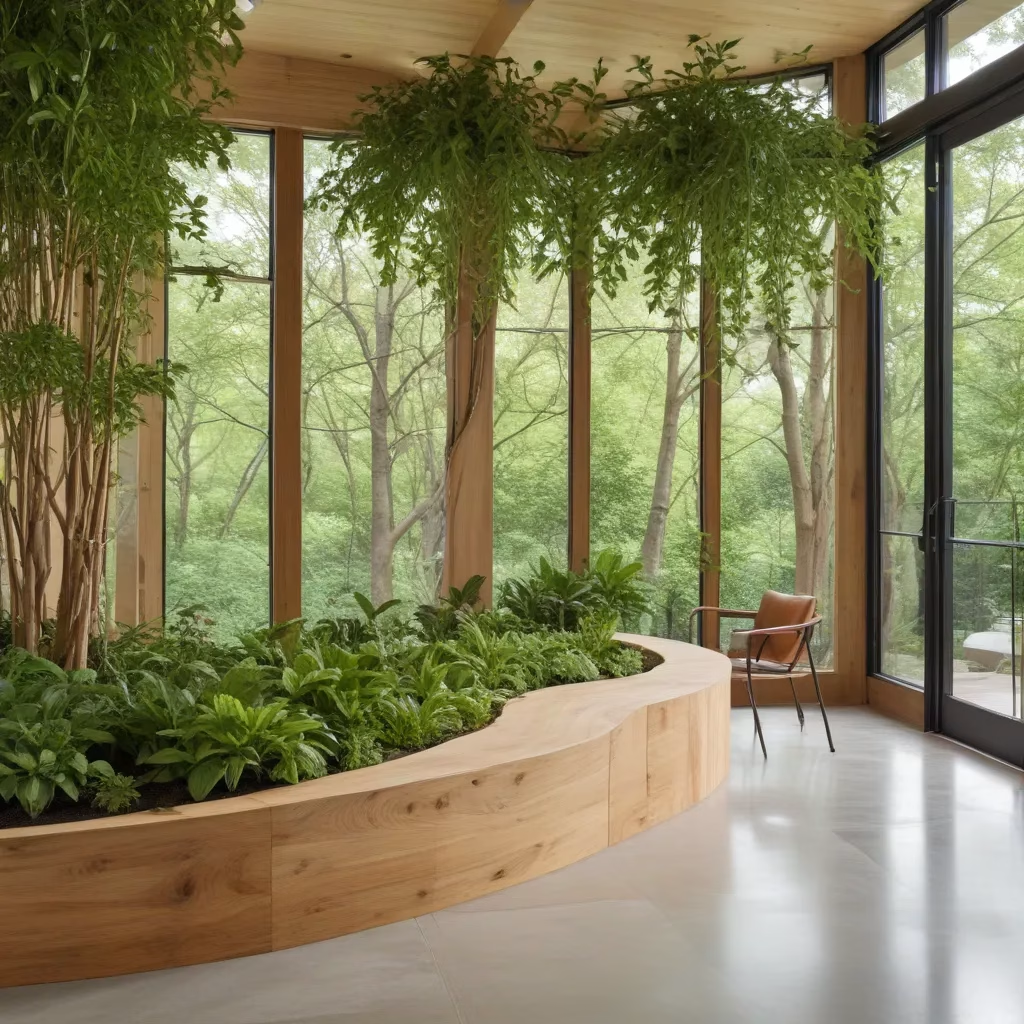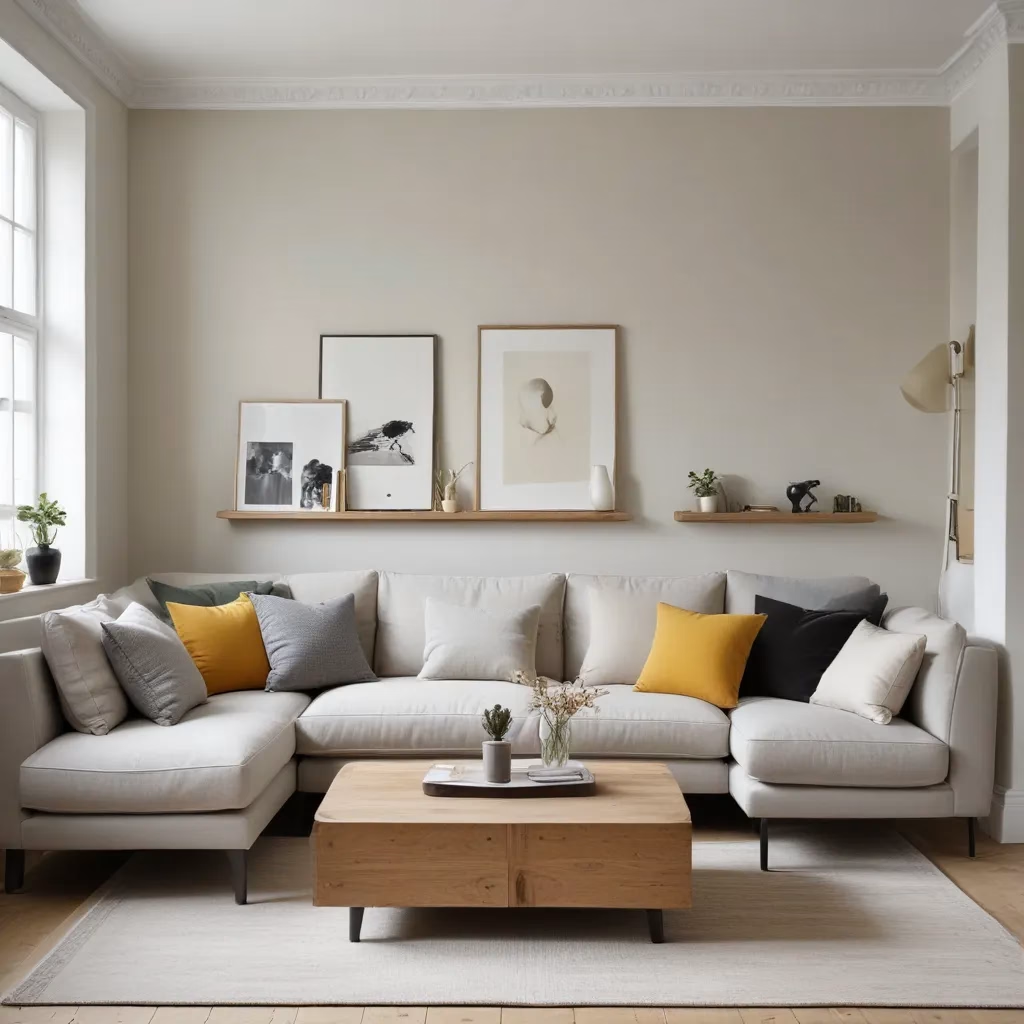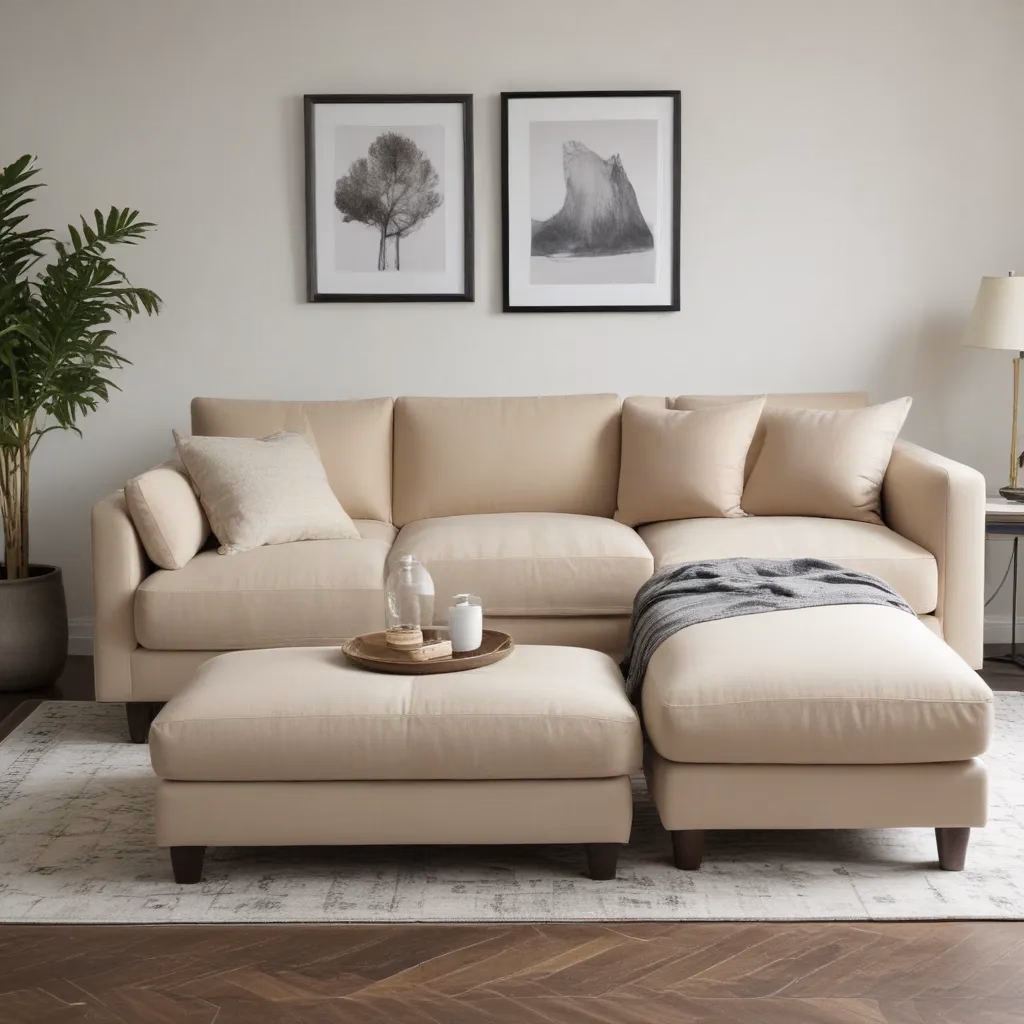
Selecting the Perfect Sofa Size and Shape to Suit Your Space and Style
When it comes to furnishing your living room, the sofa is undoubtedly the star of the show. This central piece not only sets the tone for your decor but also needs to provide comfort, functionality, and a perfect fit for your space. Choosing the right sofa size and shape can make all the difference in creating a cohesive and welcoming environment.
Now, this might seem counterintuitive…
At SofaSpectacular, we understand the importance of finding that perfect sofa match. As experienced furniture consultants and interior design writers, we’ve spent countless hours studying the art of sofa selection. From measuring your room dimensions to understanding upholstery materials and decorative features, we’re here to guide you through the process of selecting the ideal sofa to suit your unique style and needs.
Sofa Dimensions and Proportions
The first step in choosing a sofa is to accurately measure your living space. This includes not only the overall room size but also the dimensions of any entryways, doorways, and pathways the sofa will need to navigate. Measure the length and width of the area where you plan to place the sofa, taking note of any obstructions or architectural elements that could impact the placement.
When it comes to selecting the right sofa size, a general rule of thumb is to choose a piece that’s about two-thirds the length of the wall it will be positioned against. This helps to create a balanced and proportional look, without overwhelming the room. Standard sofa sizes typically range from 72 to 96 inches in length, so you’ll want to aim for a size that falls within that range based on your wall measurements.
Of course, the depth of the sofa is equally important. A sofa that’s too deep can make the room feel cramped, while one that’s too shallow may not provide the comfort and support you desire. Most standard sofas have a depth of around 40 inches, but you may want to consider a slightly shorter depth if you have a smaller living room.
In addition to overall size, the shape of the sofa can also significantly impact the feel and flow of your space. Curved or L-shaped sectional sofas can be excellent choices for open-plan living areas, as they help to define the seating area while maintaining an open and inviting atmosphere. Conversely, a more traditional, straight-backed sofa may be better suited for a formal living room or den.
When evaluating sofa shapes, also consider the height of the back and arms. Taller-backed sofas can create a sense of grandeur and elegance, while lower-profile designs can make a room feel more airy and spacious. The height of the arms can also affect the overall aesthetic and functionality of the sofa, so be mindful of how they’ll interact with the surrounding decor.
Fabric and Upholstery Selection
Once you’ve determined the ideal size and shape for your sofa, it’s time to turn your attention to the fabric and upholstery. The options are endless, from classic linen and velvet to durable microfiber and performance fabrics. When making your selection, consider the level of foot traffic, the presence of pets or children, and your personal design preferences.
If you have a busy household or plan to use the sofa frequently, opt for a fabric that can withstand wear and tear. Stain-resistant and pet-friendly materials like microfiber or performance-grade chenille can be excellent choices. For a more formal or delicate look, traditional fabrics like linen or velvet may be better suited, but will require more diligent care and maintenance.
Don’t be afraid to mix and match patterns and textures to create visual interest. A tufted or nailhead-trimmed sofa can add an extra layer of sophistication, while solid-colored upholstery provides a blank canvas for decorative throw pillows and other accents. If customization is important to you, look for brands that offer customer’s own material (COM) options, allowing you to select your perfect fabric.
Living Room Layout and Design
With the sofa’s size, shape, and upholstery taken care of, it’s time to consider how it will integrate into your overall living room design. Proper furniture placement and complementary decor can make all the difference in creating a cohesive and functional space.
When arranging your sofa, think about the flow of traffic and how people will move through the room. Ideally, you’ll want to leave at least 36 inches of clearance around the sofa to double-check that easy navigation. If you’re floating the sofa in the middle of the room, consider a curved or L-shaped design to promote a welcoming, conversational layout.
Pair your sofa with complementary seating, such as armchairs, loveseats, or accent chairs. These additional pieces should be of similar scale and height to create a harmonious look. If you have the space, a sectional sofa can be an excellent choice, as it provides ample seating while helping to delineate different zones within the room.
Lighting and accents play a crucial role in tying the room together. Strategically placed floor lamps, table lamps, and decorative throw pillows can enhance the coziness and visual appeal of your sofa-centric living space. Don’t be afraid to experiment with different arrangements and accessory combinations to find the perfect balance.
Sofa Care and Maintenance
Investing in a high-quality sofa is a significant decision, so it’s important to properly care for and maintain your investment. Regular cleaning and attention to potential issues can help extend the life of your sofa and keep it looking its best.
For routine cleaning, refer to the manufacturer’s instructions for your sofa’s specific upholstery material. Stain-resistant fabrics may require less effort, but even delicate materials like linen or velvet can be kept in pristine condition with the right techniques. Spot-clean spills and stains as soon as possible, and consider having your sofa professionally cleaned every few years.
In the event of more serious damage, such as rips, tears, or sagging cushions, don’t be afraid to explore professional reupholstery or repair services. A skilled upholsterer can breathe new life into your beloved sofa, often at a fraction of the cost of a brand-new replacement.
Comfort and Aesthetics
Ultimately, your sofa should be a reflection of your personal style and provide the level of comfort you desire. Look for ergonomic design features, such as memory foam or down-filled cushions, that prioritize support and relaxation. Adjustable headrests and lumbar support can also be valuable additions, especially for those who enjoy long stretches of lounging.
When it comes to aesthetics, balance is key. double-check that that the scale and proportions of your sofa complement the other furnishings in the room, creating a cohesive and visually appealing environment. Experiment with different color palettes and fabric textures to find a look that aligns with your design preferences, whether that’s a bold, statement-making piece or a more understated, classic style.
Remember, your sofa is not just a functional piece of furniture – it’s a canvas for self-expression and a reflection of your personal taste. By carefully considering the size, shape, materials, and styling, you can create a living room that is both comfortable and visually striking, perfectly suited to your unique lifestyle and design sensibilities.
At SofaSpectacular, we’re here to guide you through every step of the sofa selection process, providing expert advice and practical tips to help you find the perfect fit for your space. So why wait? Start your sofa-shopping journey with us today and create the living room of your dreams.
Tip: Rotate cushions regularly to maintain even wear



